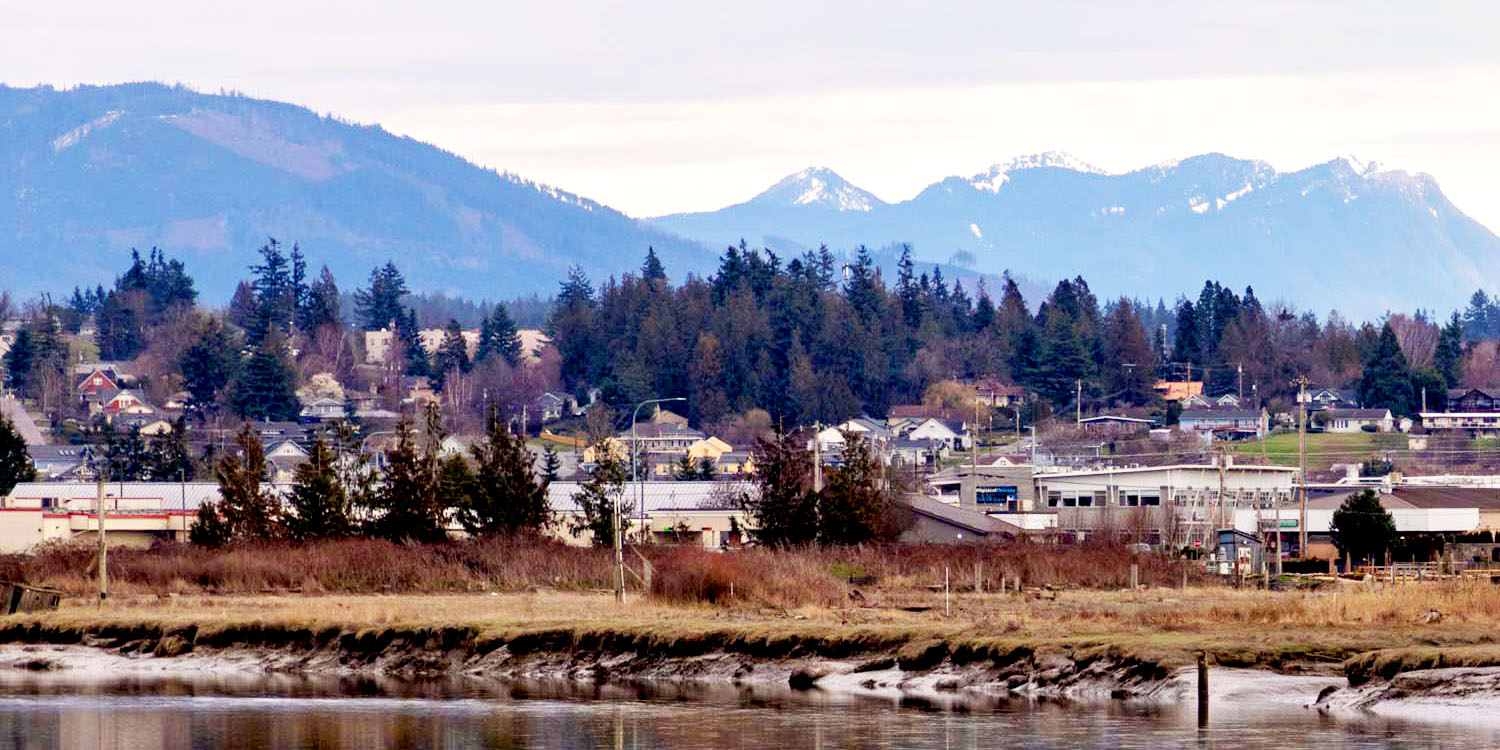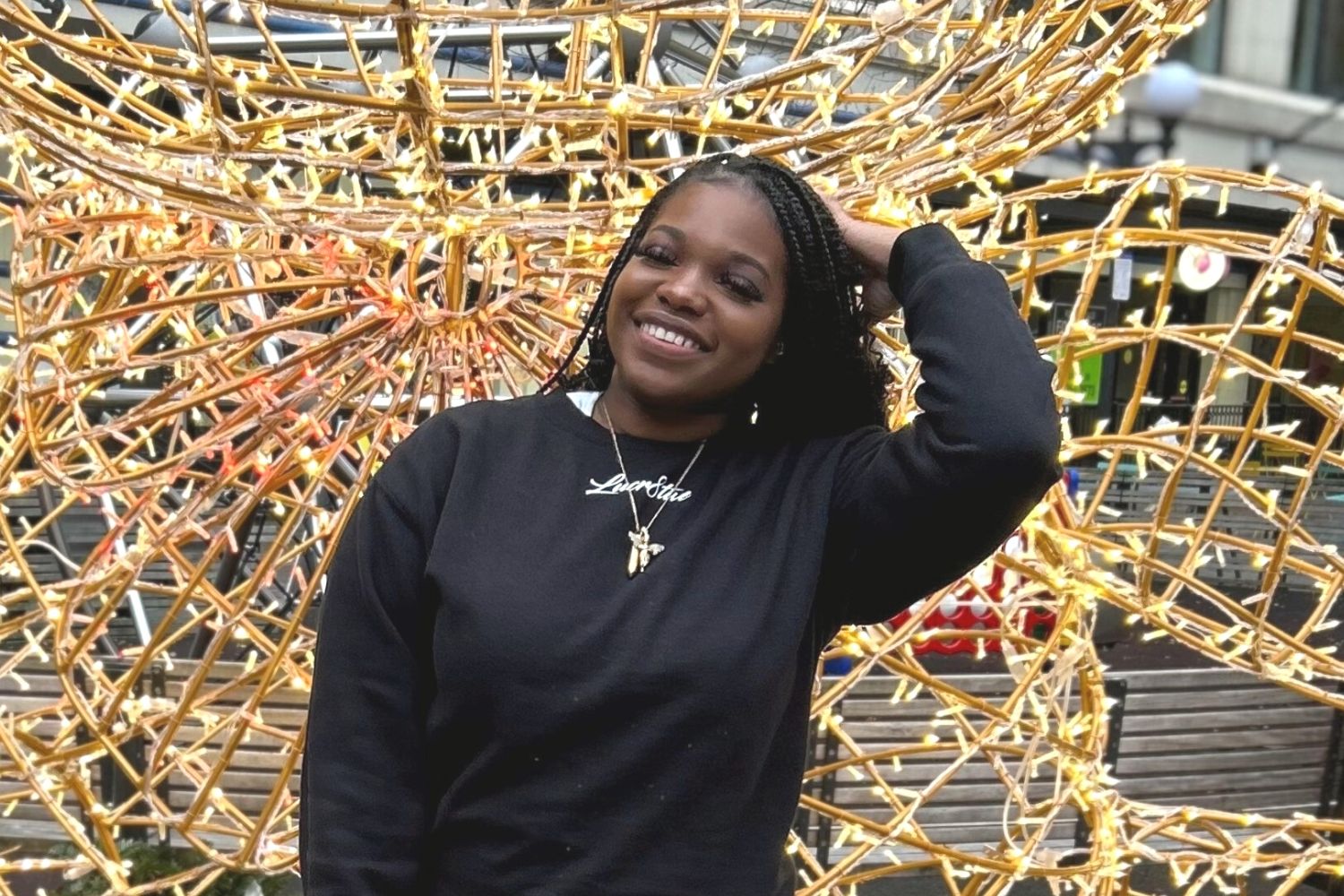Getting around Stanwood with Community Transit

Community Transit is here to get you where you want to go. We are proud to be a part of the Stanwood community — we live here, ride here, and drive here. Wherever you need to go in Stanwood, feel good about how you get there.
About Stanwood
Stanwood is 50 miles north of Seattle, at the mouth of the Stillaguamish River near Camano Island. As of the 2010 census, its population is 6,231. Public transportation in Stanwood is provided by Community Transit and Island Transit, the transit authorities of Snohomish and Island counties, respectively. Some of the options for people traveling in Stanwood include three bus routes served Community Transit buses, DART paratransit service, and Vanpool.
Stanwood is also served by a north–south railroad owned by BNSF Railway, which operates freight and passenger rail service to the city. Amtrak's Cascades provides daily passenger rail service at Stanwood station in downtown Stanwood, continuing south to Seattle and north to Vancouver, British Columbia.


